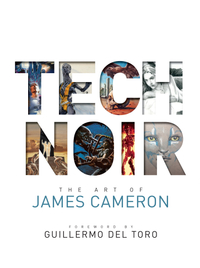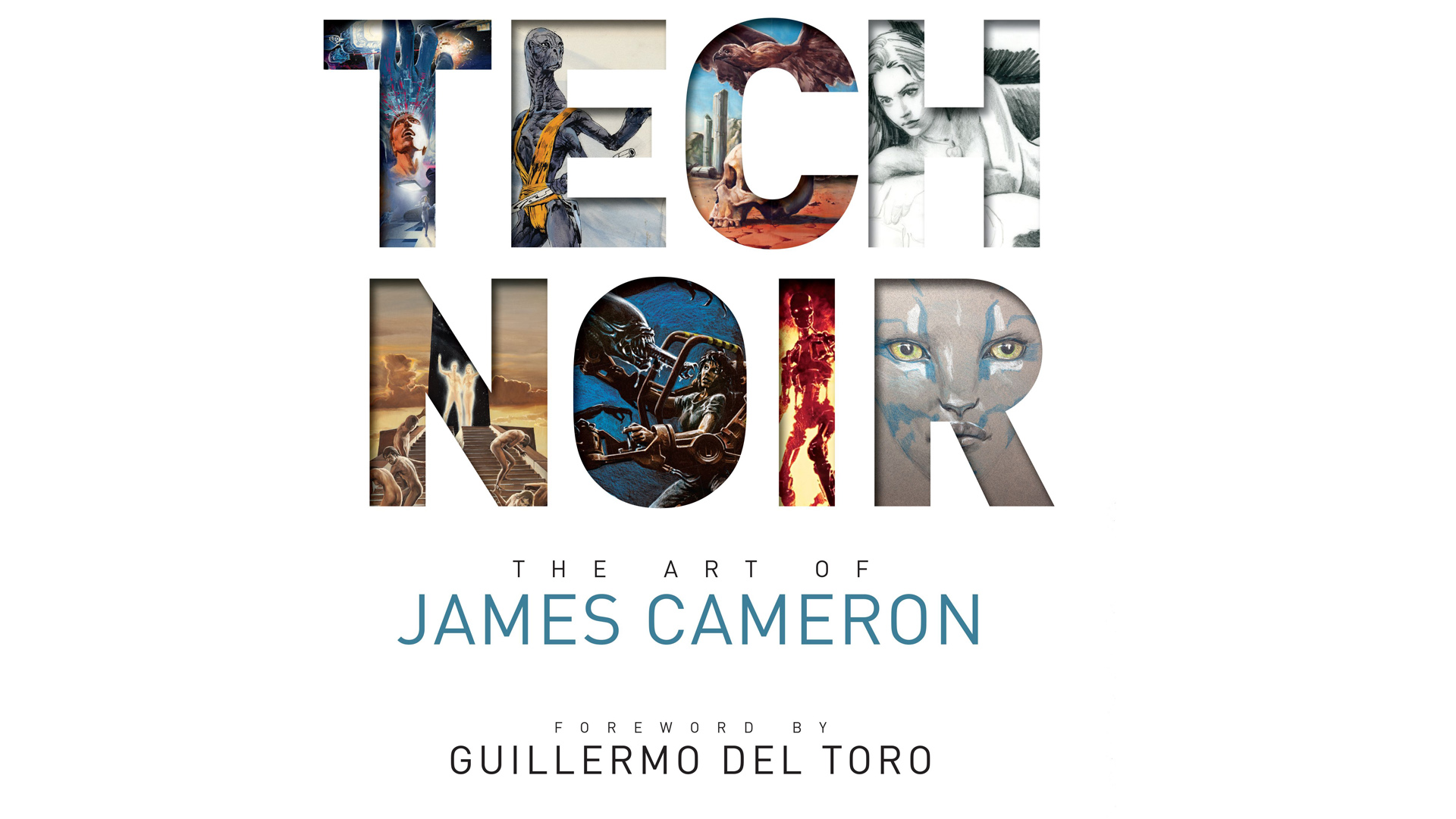
As one of the preeminent filmmakers of our generation, screenwriter/director James Cameron has taken us into the nightmare world of killer cyborgs in "Terminator," on a bug hunt to LV-426 in "Aliens," aboard the doomed ocean liner for "Titanic" and to the exotic planet of Pandora in "Avatar."
But few people are aware of his incredible artistic aptitudes on display in decades of concept art, pre-production sketches, storyboards, and technical blueprints created for his Hollywood film projects, both produced and unproduced. Now a deluxe new coffee table book by Insight Editions collects nearly fifty years of Cameron’s artwork dating back to his high school days in Ontario, Canada.
"Tech Noir: The Art of James Cameron" (2021) is a jaw-dropping 392-page volume weighing nearly seven pounds, packed with never-seen pieces drawn from the visionary creator’s personal archives and curated by Cameron himself with insightful comments for each work.
Tech Noir: The Art of James Cameron was $75 now $66.67 at Amazon
James Cameron's new book offers a stunning glimpse into the art of his most iconic films and more.

It's a unique exploration of the filmmaker's daydreams and developmental process expressed using pencils, pens, and paints prior to any casting choices or cameras rolling. Beginning in the 1960s, Cameron was obsessed with monsters, aliens, and spaceships that crammed the pages of notepads and sketchbooks. Launching into the film industry in the 1970s after his family moved to Southern California, Cameron made money crafting movie one-sheets and wild conceptual art for Roger Corman B-movies that would further hone his abilities.
"Tech Noir" collects a fantastic range of Cameron’s private and commercial art where seeds of his blockbusters and unrealized projects were sown, from amateur monster contests and ambitious space operas, to the evolution of classic hits like "Terminator," "Aliens" and "Avatar."
Space.com spoke with Cameron from his studio in Wellington, New Zealand where he's putting the final touches on "Avatar 2" to hear how art became the catalyst to a career of limitless imagination.
Space.com: Art for your never-realized "Xenogenesis" space opera project in the early ‘80s is featured heavily in the book. Why was that such a pivotal part of your creative development and do you ever have dreams of resurrecting it in some form?
Get the Space.com Newsletter
Breaking space news, the latest updates on rocket launches, skywatching events and more!
James Cameron: Well, I just read the script recently and it's actually not that bad a story. There's some good ideas in it. It's fairly well-trodden ground now forty years later. Nothing that other people haven't done in pieces, I don't think. But you could see I was fascinated by space travel and the huge physical challenge of traveling to other star systems.
I studied physics and astronomy in college and I appreciated how difficult it would be and how a lot of spacecraft designs in movies were pretty whimsical. So I came up with this idea for a starship that had the engine section far away because of the radiation and so on. I could just go down that nerdy rabbit hole in figuring out the tech, and I think I’ve maintained that as a motif throughout my science fiction body of work.
My example I use is the LEM, the Lunar Module. We had all these movies that showed rocket ships that were pointy and had fins at the bottom. And that's how they landed and went to other planets. When we finally went to the moon, we went in the most improbable-looking device that was never anticipated by a couple of decades of Hollywood designers. But if you understand why it was that way it makes completely logical engineering sense. So I thought in my science fiction shows I’m going to start with the engineering and let that drive the design, and then that’s what we’ll build.
While I'm not really proceeding with "Xenogenesis," the way in which I formulated my working process is still what I apply today, unless I'm doing something completely fanciful. I give myself a lot of permission in “Avatar” and just remind people, “Hey, it’s a world with floating mountains, we can give ourselves permission to do some improbable things.”
Although even there I had a rationale for the floating mountains, that Unobtanium was a Type 2 superconductor and the Meissner Effect flux pinning would hold them up off the ground if there was a magnetic field of sufficient force. Still, for the average viewer, it's a world with floating mountains. If that doesn’t give you permission to do anything you want, I don’t know what does.
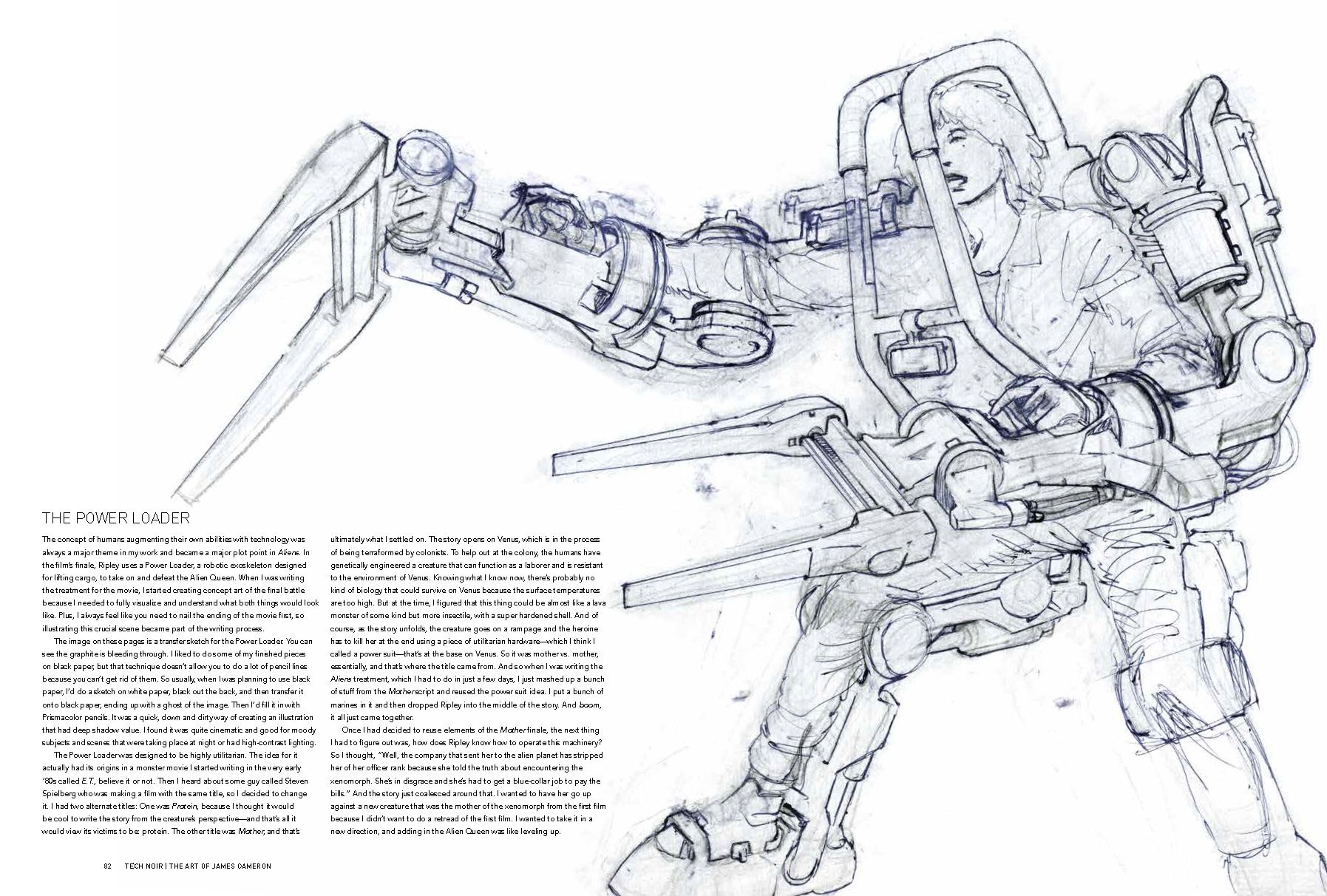
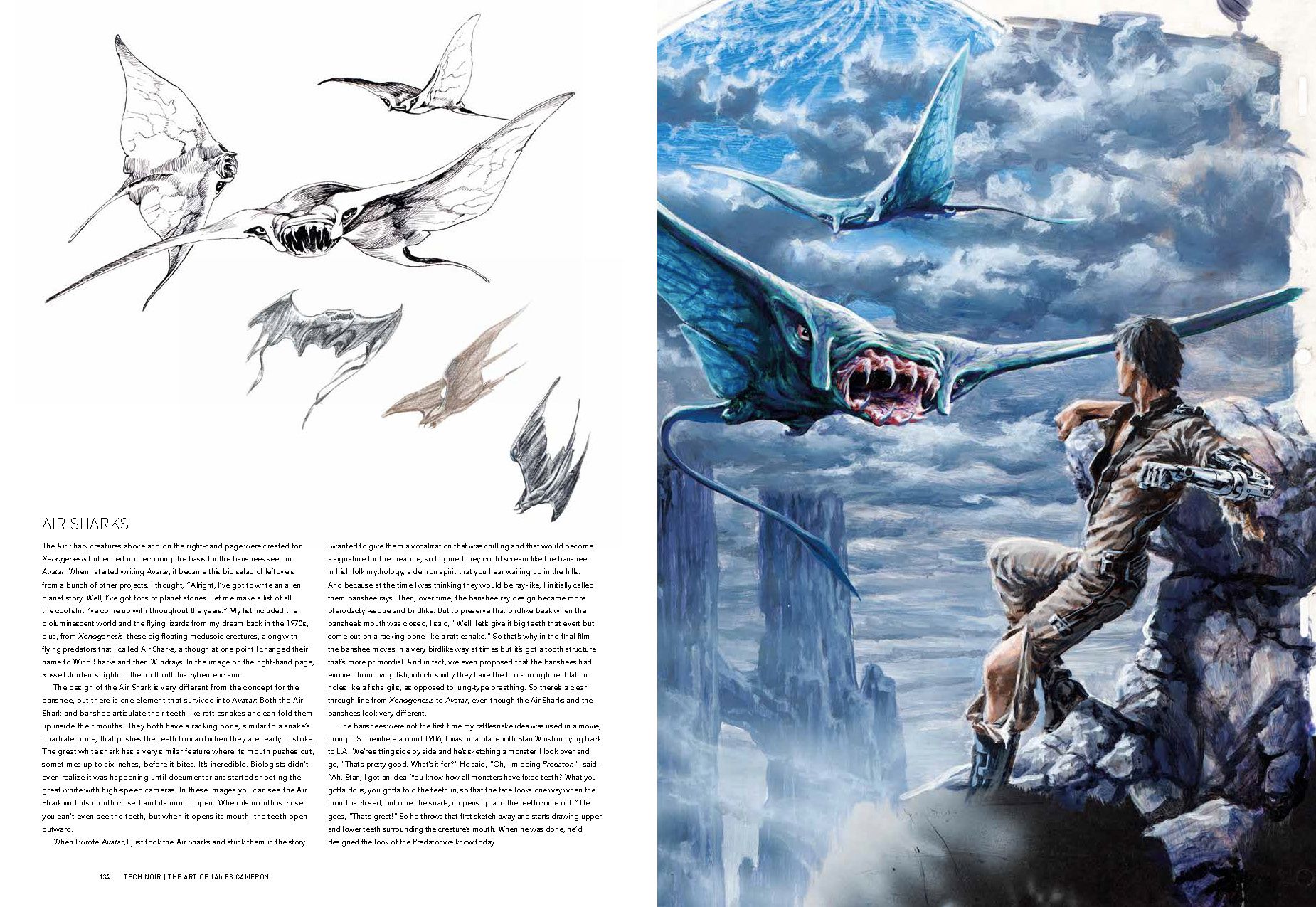
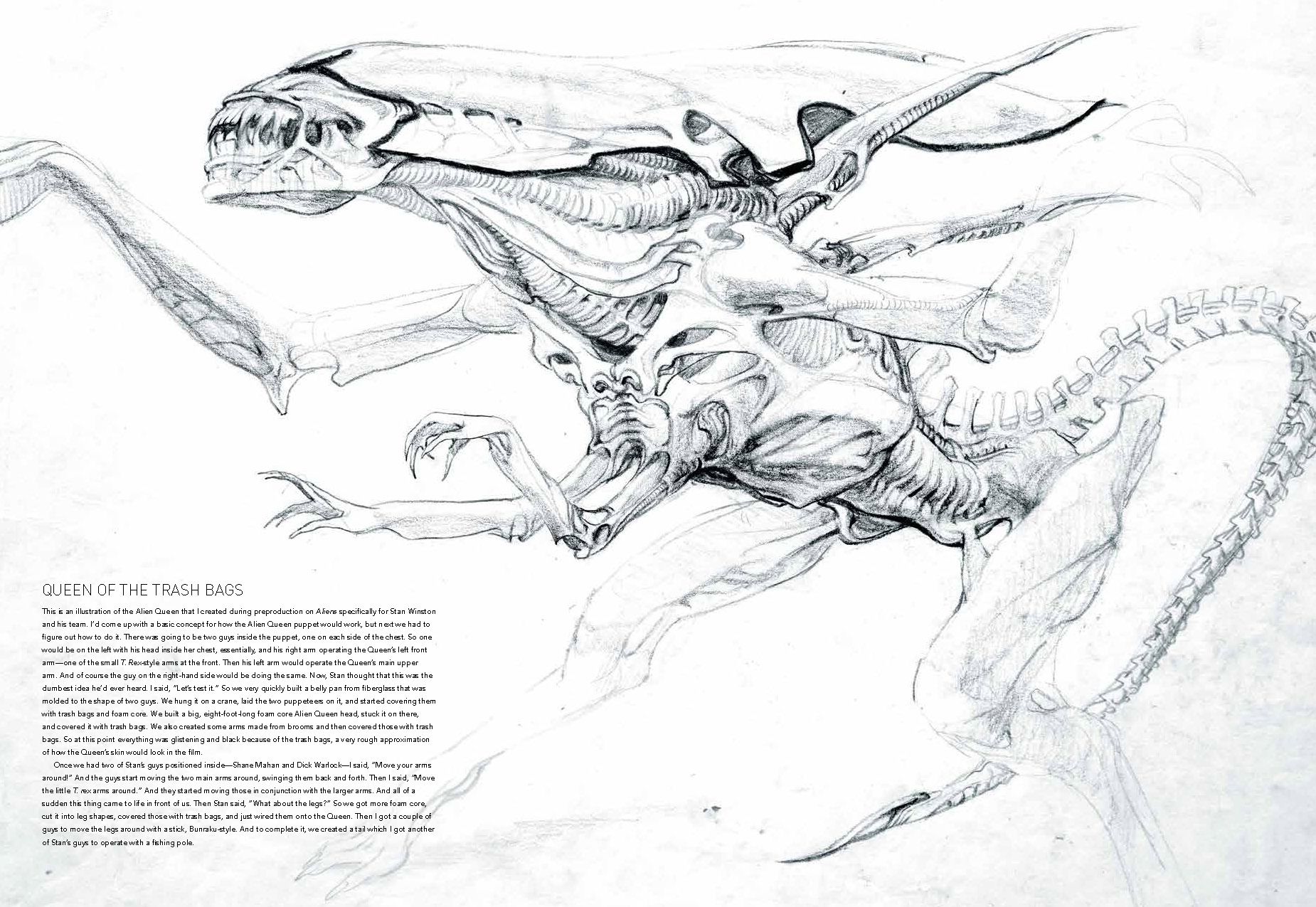
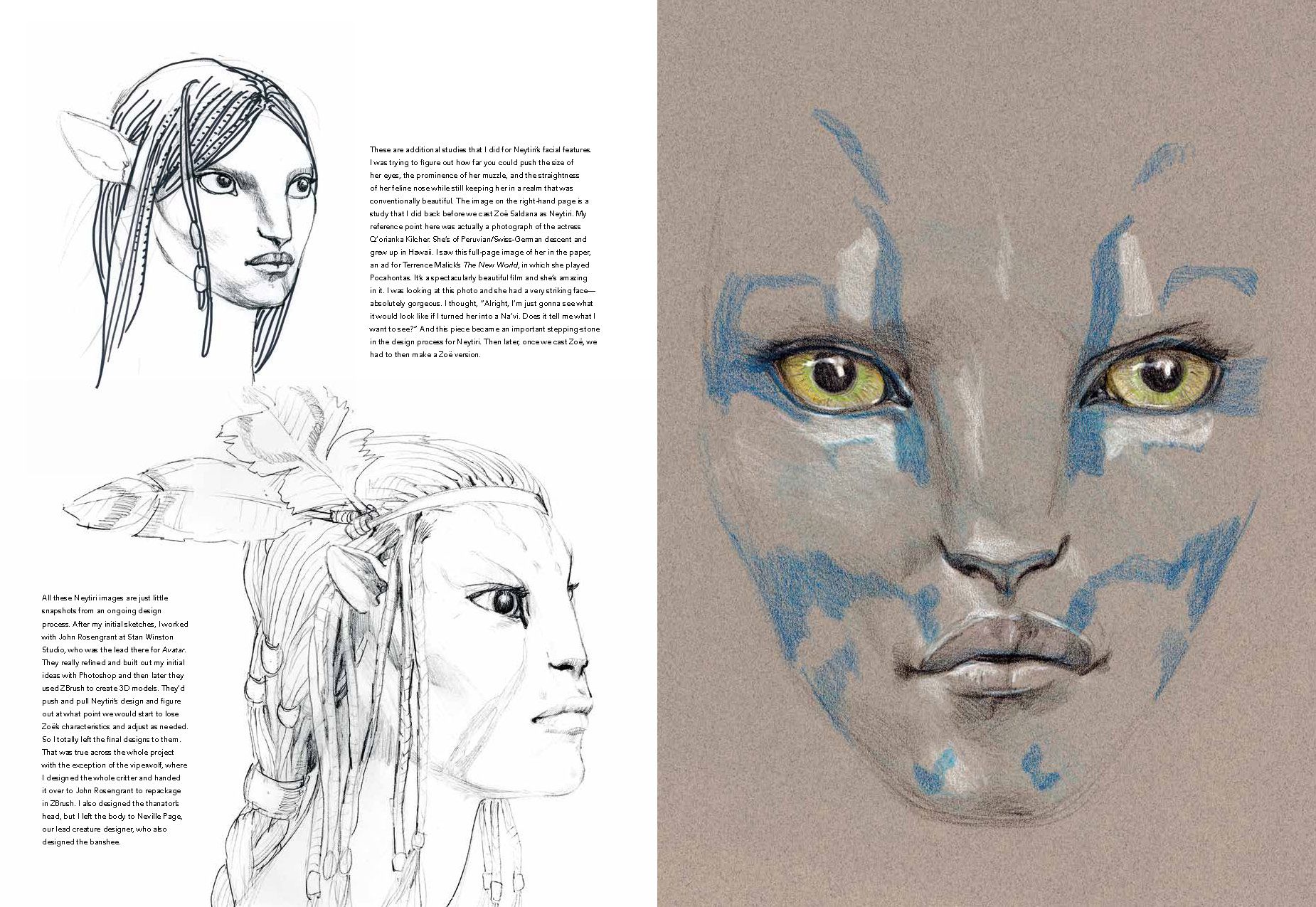
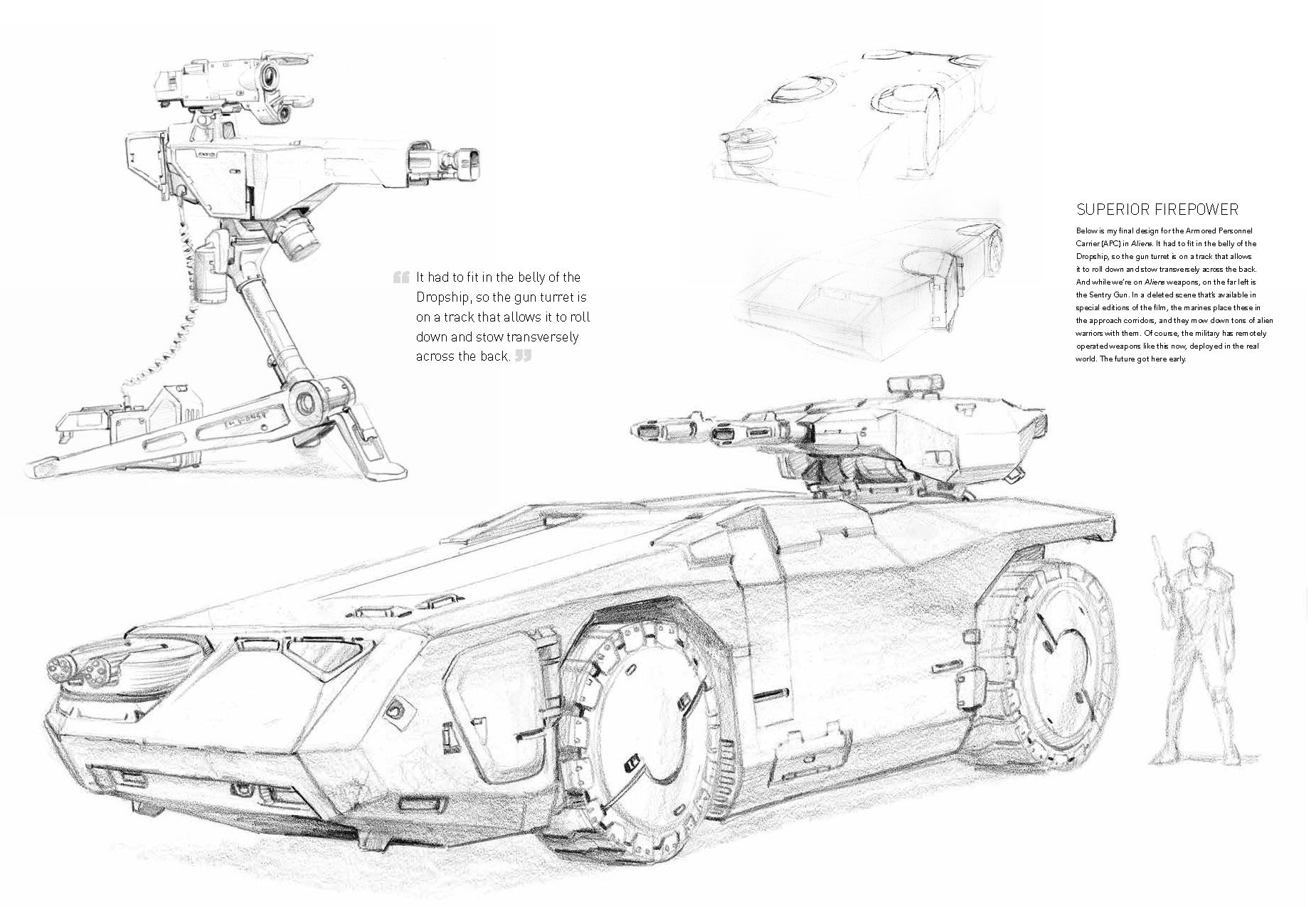
Space.com: "The Abyss" is often a neglected Cameron classic that was a pioneering film in so many ways. What can you tell us about concept art created for it and will there be a high-definition 4K transfer at some point?
Cameron: Yeah, we finished the transfer and I wanted to do it myself because Mikael [Salomon] did such a beautiful job with the cinematography on that film. It is truly, truly gorgeous cinematography. That was before I started to assert myself in terms of lighting and asking the cinematographer to do certain things. I'd compose with the camera and choose the lenses, but I left the lighting to him. He did a remarkable job on that movie that I appreciate better now than I did even as we were making it.
I'd also like to point out that he took one look at the first day's dailies of the underwater lighting and he went out and learned to scuba dive. He came in the following Monday morning, the worst diver in the world, but he reinvented underwater lighting. He went for indirect lighting and he got everybody doing things that were not just outside their comfort zone, they'd never even thought of it. Suddenly the underwater shots start to live up to the surface photography.
So I just recently finished the high-def transfer a couple of months ago so presumably there’ll be Blu-rays and it will stream with a proper transfer from now on. I appreciate what you said about the film. It didn't make much money in its day, but it does seem to be well-liked over time. The designers were basically Ron Cobb on the one hand, and Steve Burg on the other, who was lead designer of the NTIs, the non-terrestrial intelligence, the look of their city and bodies and faces. Steve was a guy that I worked with on "Terminator 2" after that. He was quite young at the time and fairly new to design.
Whereas Ron Cobb was quite well seasoned. He'd done "Blade Runner" and "Alien" and worked with me on "Aliens." Ron did all the lived-in tech of the underwater oil rig. I’m sure there were people that saw the film and thought that we just went and filmed on one of those underwater oil rigs that they have. Which they don't! But it looked real enough that you believed it was a real facility. It looked like the real deal if there ever was such a thing.
Steve of course got to be completely fanciful and use very flourishy design language. I used the same motif I did on "Aliens," which is to cast seasoned artists to do different design cultures. So there’s the human technology culture and then there was the alien culture.
Space.com: You mentioned in "Tech Noir" how instrumental Jack "King" Kirby was to you as a young artist. What role did comics play growing up in Canada and Orange County, California?
Cameron: For me specifically it was Marvel Comics, and this was I think really the Golden Age of creation for Marvel. This was the period that Spider-Man emerged and The Hulk emerged and X-Men were new on the scene at that point. And I'm talking about when I was 14, 15, 16 in the late Sixties.
I loved comic books, it was a great way to learn to draw. There was an artist that drew some of the early Spider-Man comics named Steve Ditko. And he did these amazing hands, just beautifully sculpted. And there were other artists that seemed to specialize in different things, like gestural movement. I just thought the Marvel artists for the most part were doing the interesting stuff. Jack Kirby of course was so multi-talented. He did alien machinery that was ... I mean where does that even come from?
So I was inspired by all that. This is at a time when science fiction in television and movies was still in the stone age in terms of that kind of broad gestural design. So you had to look to fantasy art and there was no internet. You’d see it in magazine cover paintings. Frank Frazetta and artists like Kelly Freas. That’s why I always loved the science fiction paperbacks, because they had the good art. Today you can go online and spend days, weeks, years, looking at all the fantasy art that’s out there. But there was very little of it around at that time. So you studied every one and you learned from it.
You can see a Kirby influence in my drawings. You can see when I’m intentionally trying to channel Frazetta with the muscle guys and gestural movement with battle axes and swords. I know all my reference points there because there was only a handful of really world-class artists. Today there’s such a proliferation of them. It’s quite amazing how fantasy and science fiction art, both fan art and people who do it professionally, has just exploded.
"Tech Noir: The Art of James Cameron" is available now.
Follow us on Twitter @Spacedotcom or on Facebook.
Join our Space Forums to keep talking space on the latest missions, night sky and more! And if you have a news tip, correction or comment, let us know at: community@space.com.

Jeff Spry is an award-winning screenwriter and veteran freelance journalist covering TV, movies, video games, books, and comics. His work has appeared at SYFY Wire, Inverse, Collider, Bleeding Cool and elsewhere. Jeff lives in beautiful Bend, Oregon amid the ponderosa pines, classic muscle cars, a crypt of collector horror comics, and two loyal English Setters.
